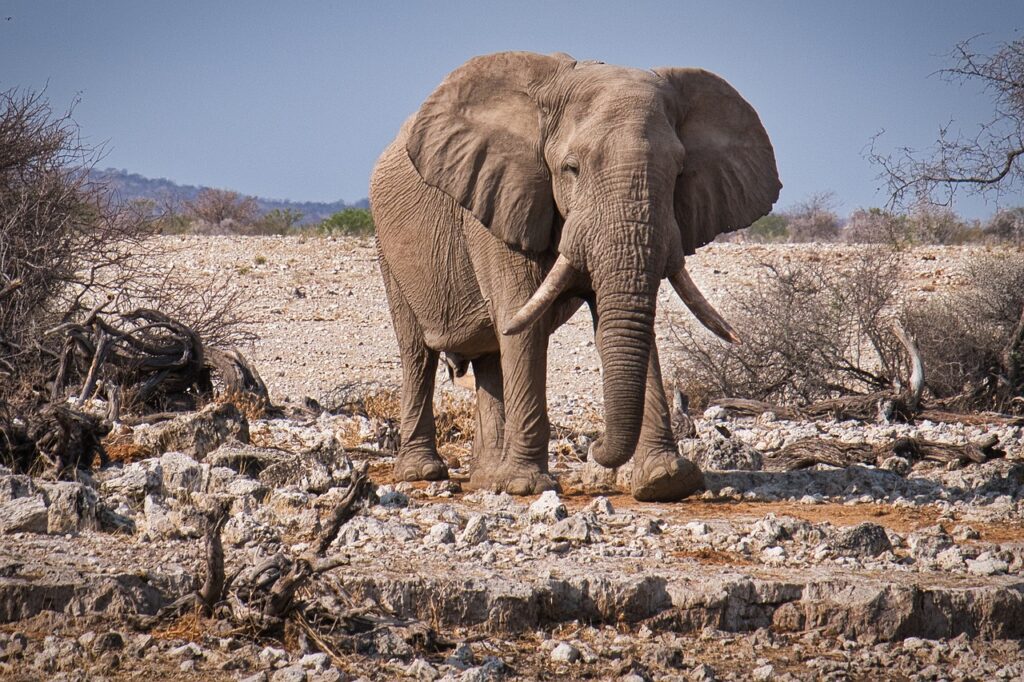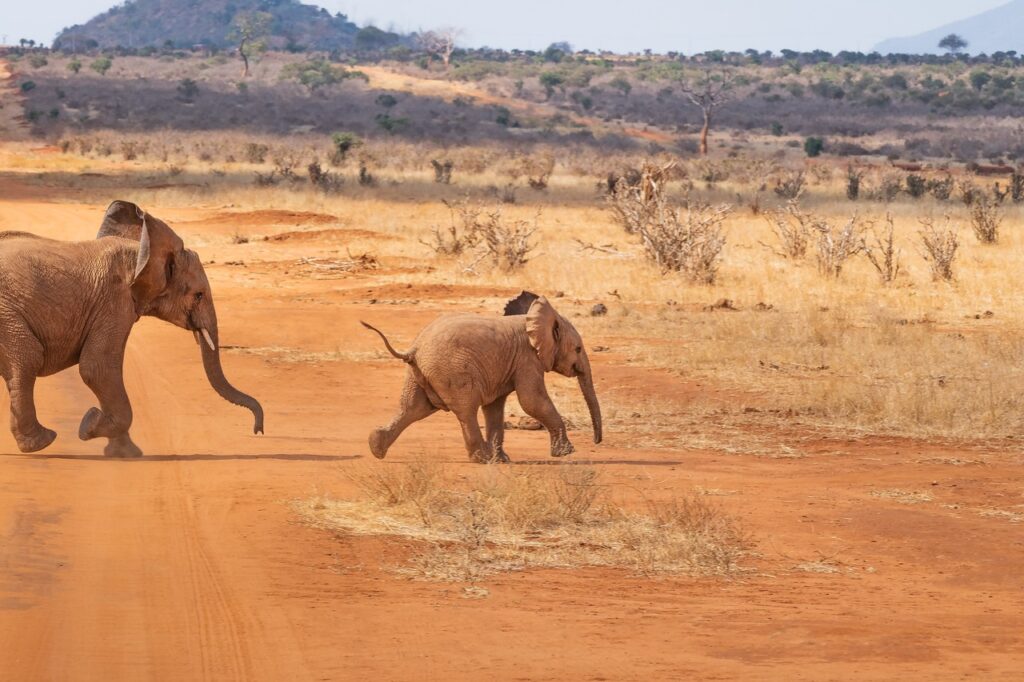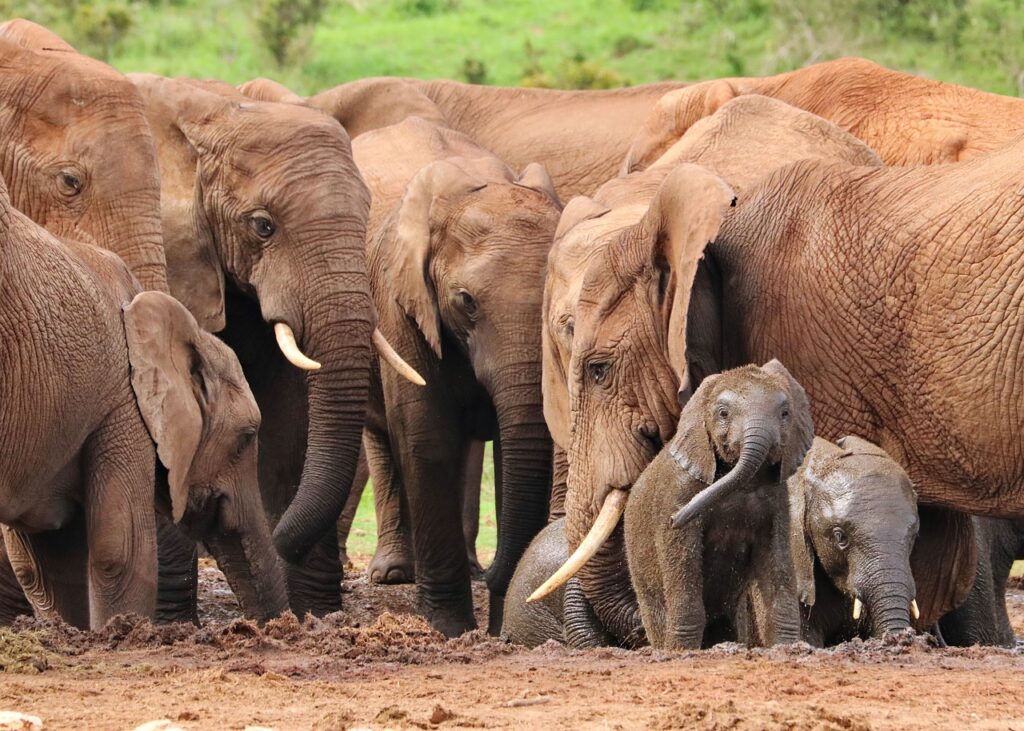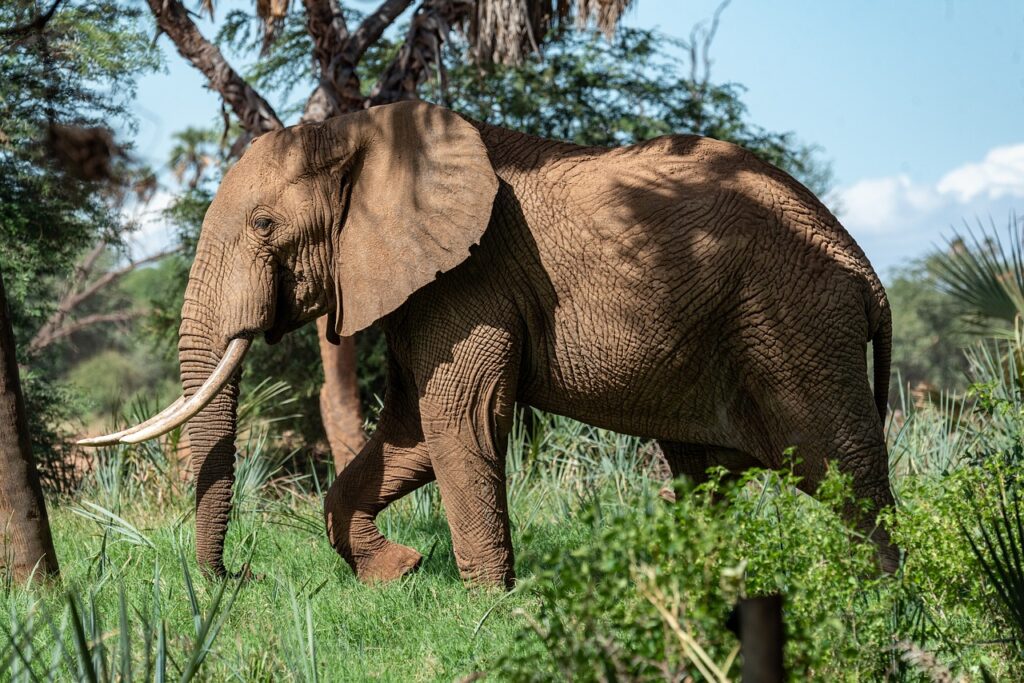Elephants, the majestic giants of the animal kingdom, have fascinated humans for centuries. As the largest land mammals on Earth, these gentle giants are renowned for their intelligence, complex social structures, and vital role in ecosystems. Despite their grandeur, elephants face numerous threats, including habitat loss, poaching, and human-wildlife conflict.
In this comprehensive guide, we’ll explore everything you need to know about elephants – from their physical characteristics and behaviors to their conservation status and how you can help protect them. If you’ve ever wondered why elephants are considered a keystone species or how their extraordinary memories contribute to their survival, you’re in the right place. Let’s dive in!

Table of Contents
- Why Elephants Are Important
- Physical Characteristics
- Behavior and Social Structure
- Habitat and Distribution
- Threats to Elephants
- Conservation Efforts
- How You Can Help
Why Elephants Are Important
Elephants are often referred to as a keystone species due to their significant impact on their ecosystems. By uprooting trees and clearing pathways, they shape landscapes, making them more accessible to other animals. Their dung disperses seeds, aiding in forest regeneration, and their water-digging behavior provides hydration sources for other species during droughts.
Without elephants, entire ecosystems could collapse, highlighting their indispensable role in maintaining biodiversity.
Physical Characteristics
Elephants are truly unique in the animal kingdom. Here are some standout features:
- Size: Adult African elephants can weigh up to 14,000 pounds and stand as tall as 13 feet at the shoulder.
- Trunk: This versatile appendage contains over 40,000 muscles and serves multiple purposes, including breathing, drinking, and communication.
- Tusks: These elongated teeth are used for digging, stripping bark, and defense but have also made elephants a target for poachers.
- Ears: Large, fan-like ears help regulate body temperature and are a key feature distinguishing African elephants from their Asian counterparts.
Behavior and Social Structure
Elephants are highly social animals that live in matriarchal groups led by the oldest female. Key aspects of their behavior include:
- Communication: Elephants use a mix of vocalizations, body language, and seismic signals to communicate.
- Memory: Their exceptional memory allows them to recognize other elephants and recall water sources during droughts.
- Play: Young elephants often engage in playful activities that help them develop critical survival skills.

Habitat and Distribution
Elephants inhabit diverse ecosystems, including savannas, forests, and deserts:
- African Elephants: Found primarily in sub-Saharan Africa, these elephants thrive in savannas and forests.
- Asian Elephants: Native to 13 countries across Asia, they prefer tropical forests and grasslands.
However, their habitats are shrinking due to urbanization, agriculture, and deforestation, putting their populations at risk.
Threats to Elephants
Despite their iconic status, elephants face numerous threats:
- Habitat Loss: Expanding human settlements and agriculture encroach on elephant habitats.
- Poaching: Demand for ivory has led to a sharp decline in elephant populations.
- Human-Wildlife Conflict: Competition for resources often results in deadly encounters.
Conservation Efforts
Various organizations and initiatives are working to protect elephants:
Community Education: Teaching local communities about the importance of elephant conservation.

How You Can Help
You can make a difference in protecting elephants:
- Donate: Support organizations dedicated to elephant conservation.
- Travel Responsibly: Choose ethical wildlife tourism that prioritizes animal welfare.
- Raise Awareness: Share information about the plight of elephants on social media.
Conclusion
Elephants are more than just iconic animals; they are vital to the health of ecosystems and a symbol of biodiversity. By understanding their importance and the challenges they face, we can take meaningful steps to ensure their survival for future generations.
Are you ready to join the effort to save elephants? Share this article, donate to a conservation fund, or learn more about how you can make an impact. Together, we can make a difference.
Bring positive energy and charm to your space with Good Luck Elephant Decor. A symbol of prosperity, protection, and elegance for your home! – Click here
